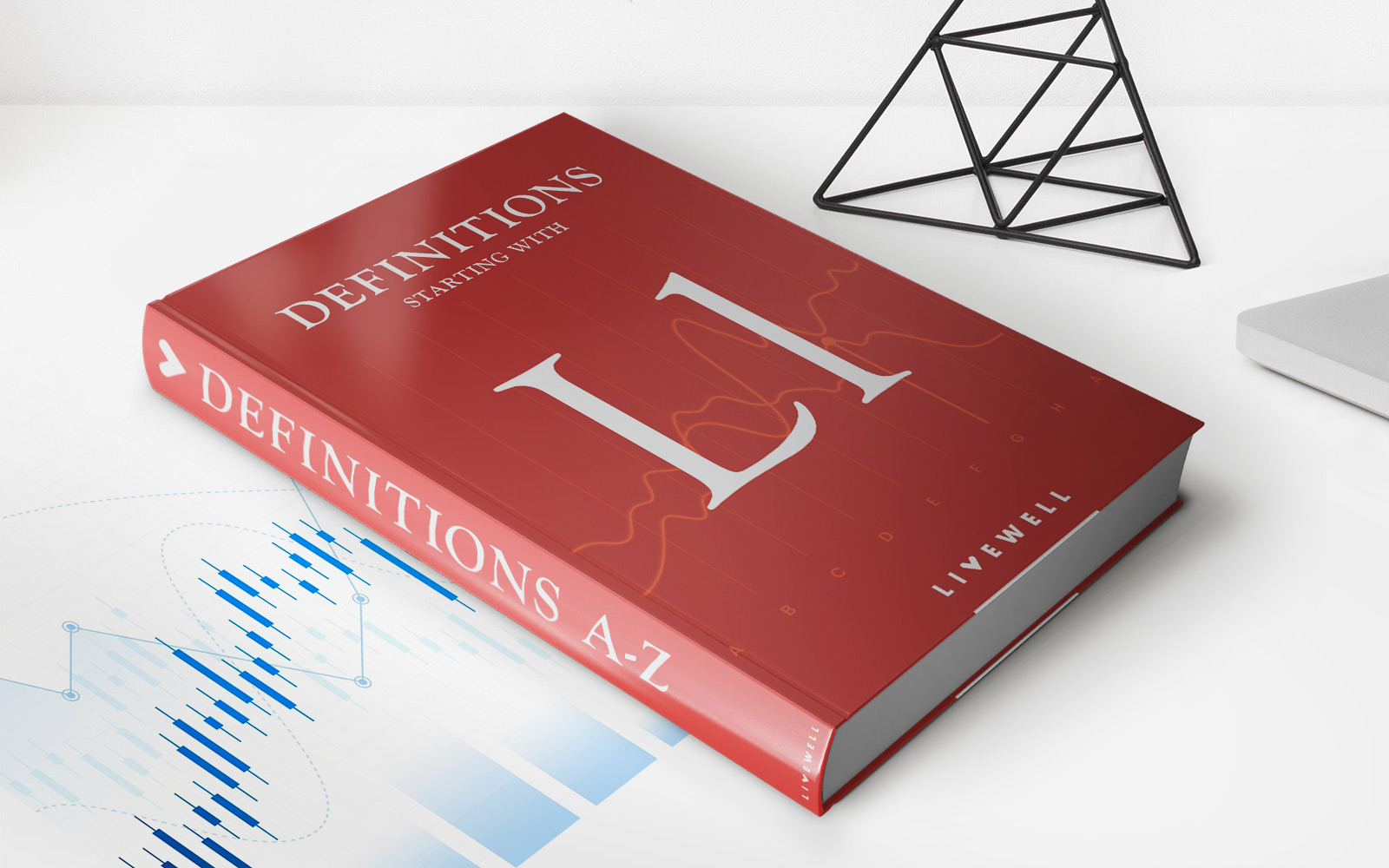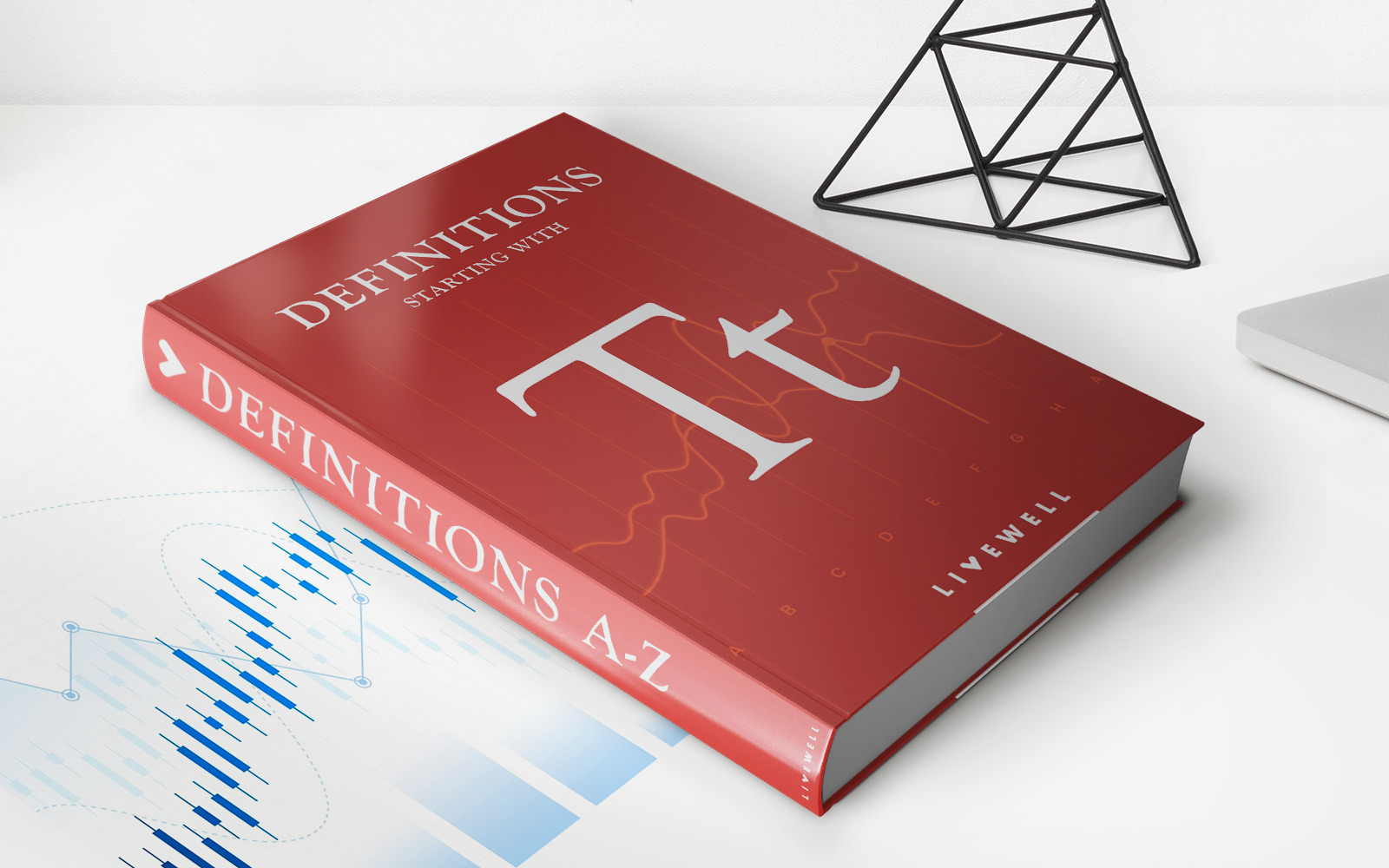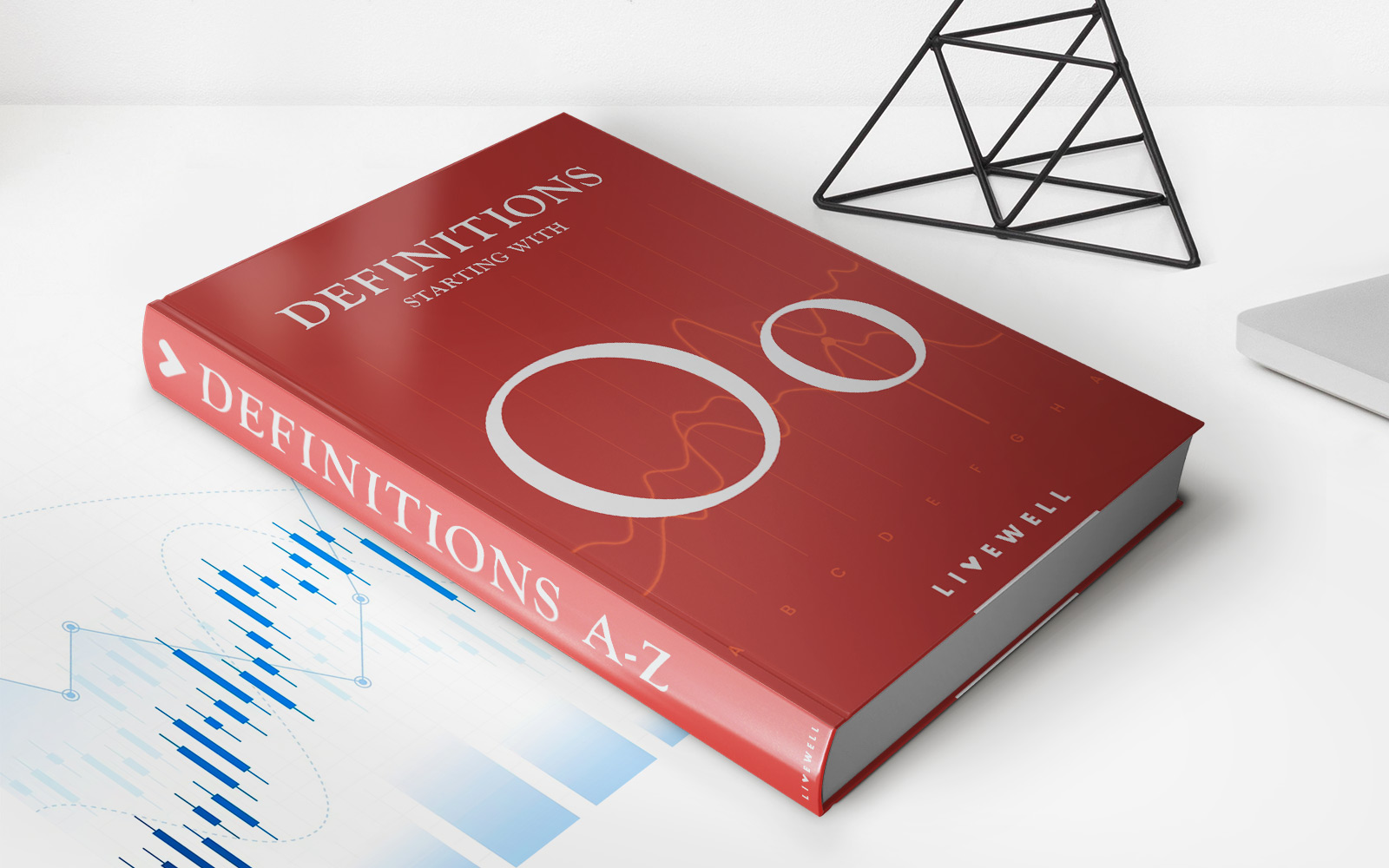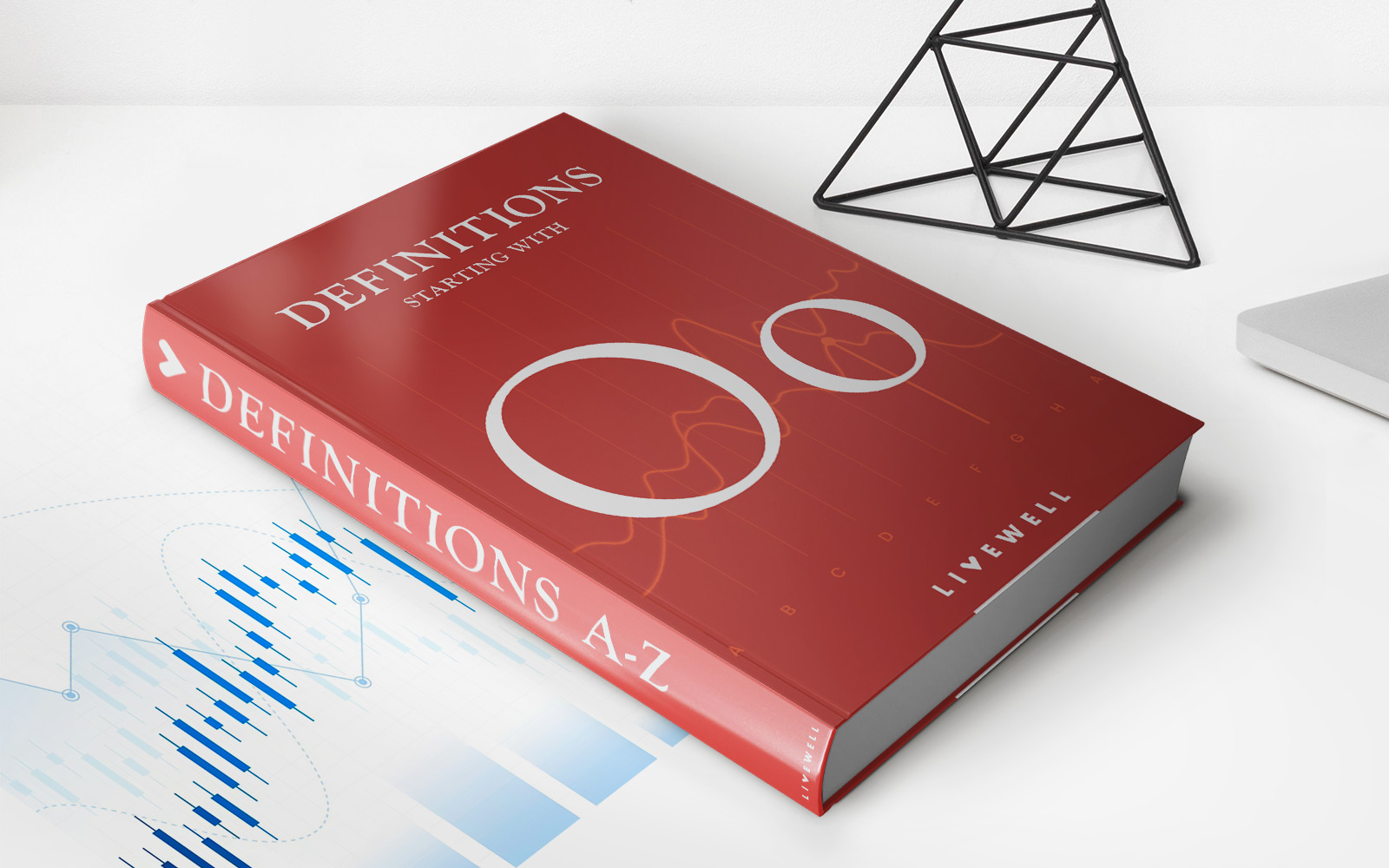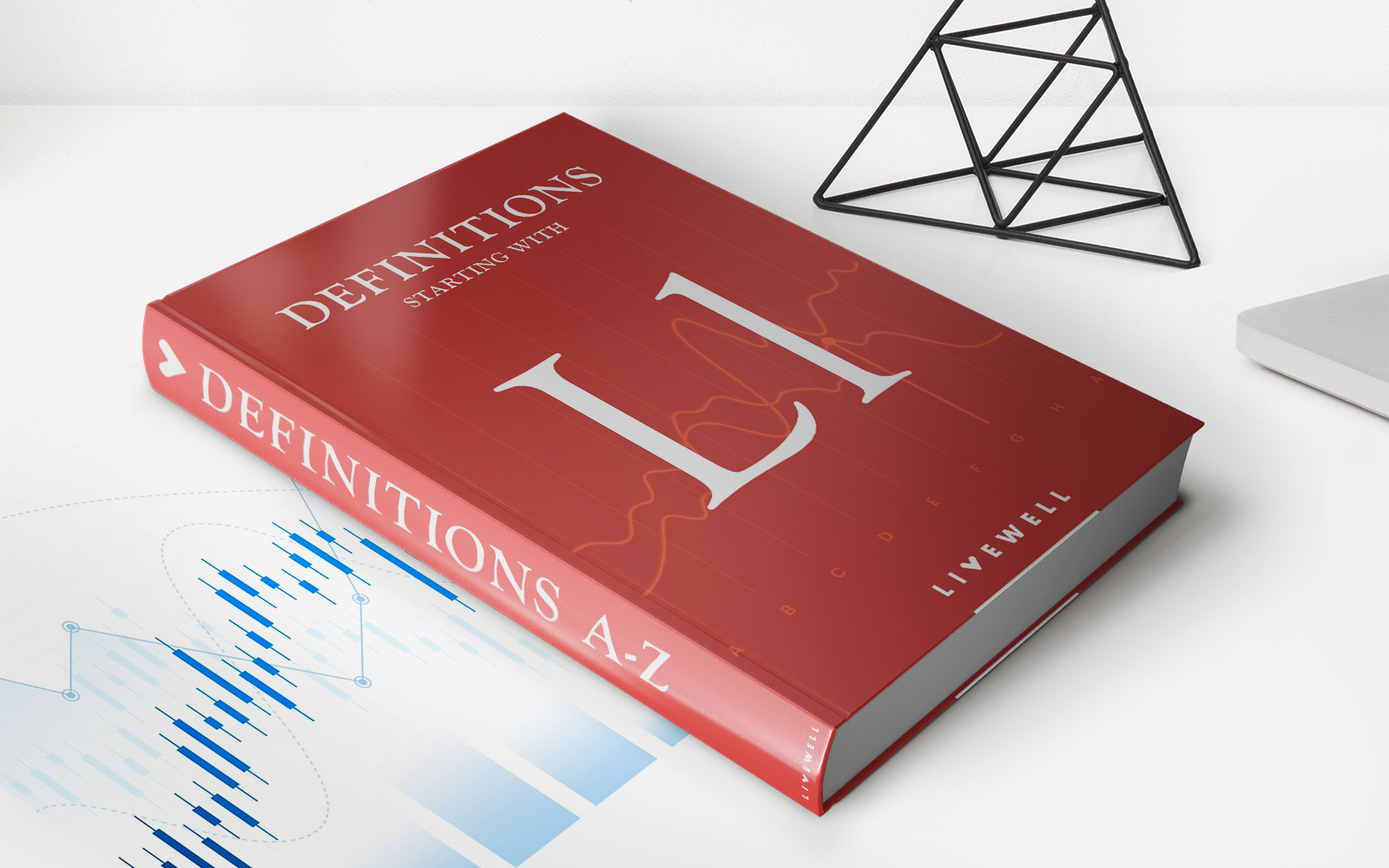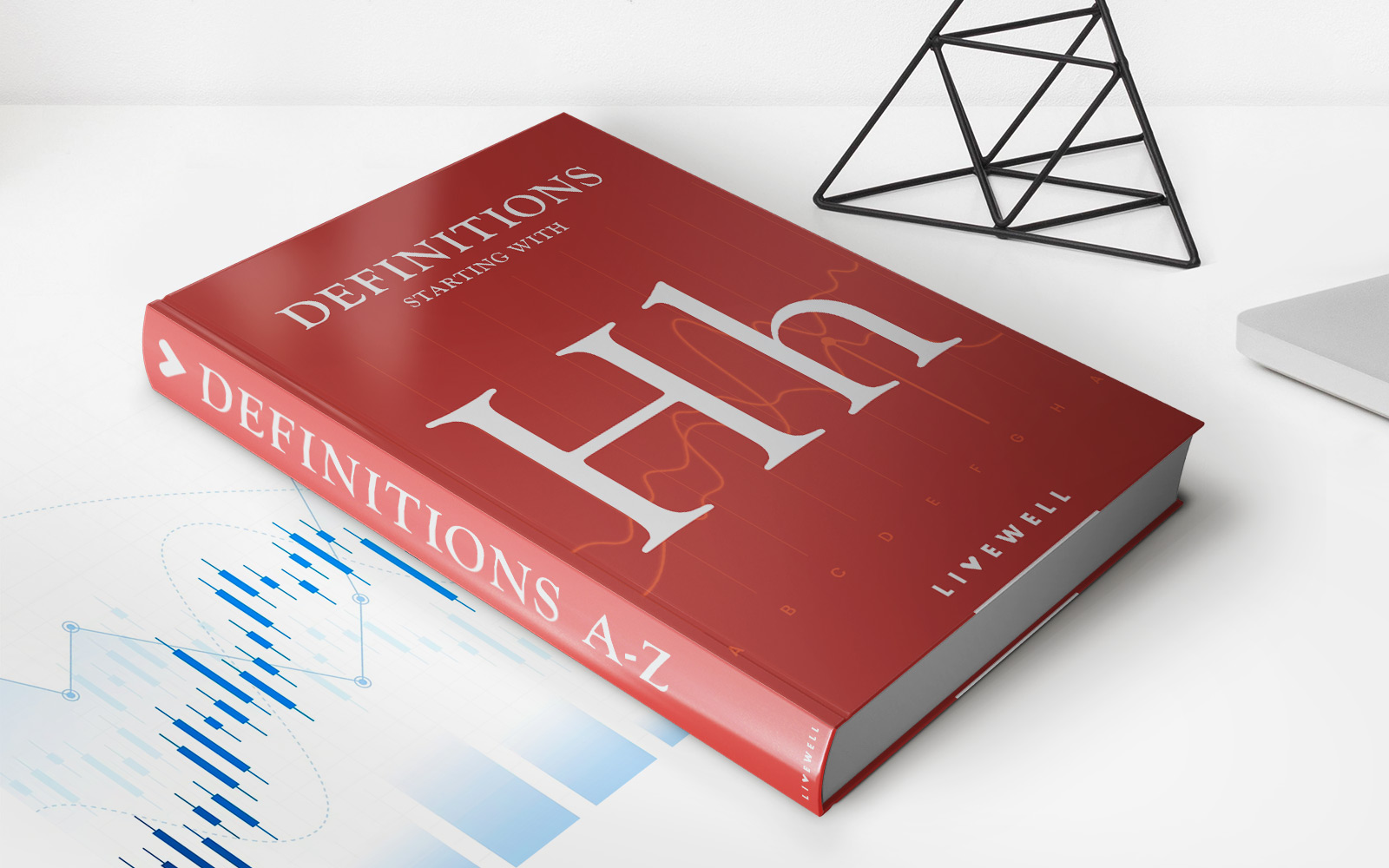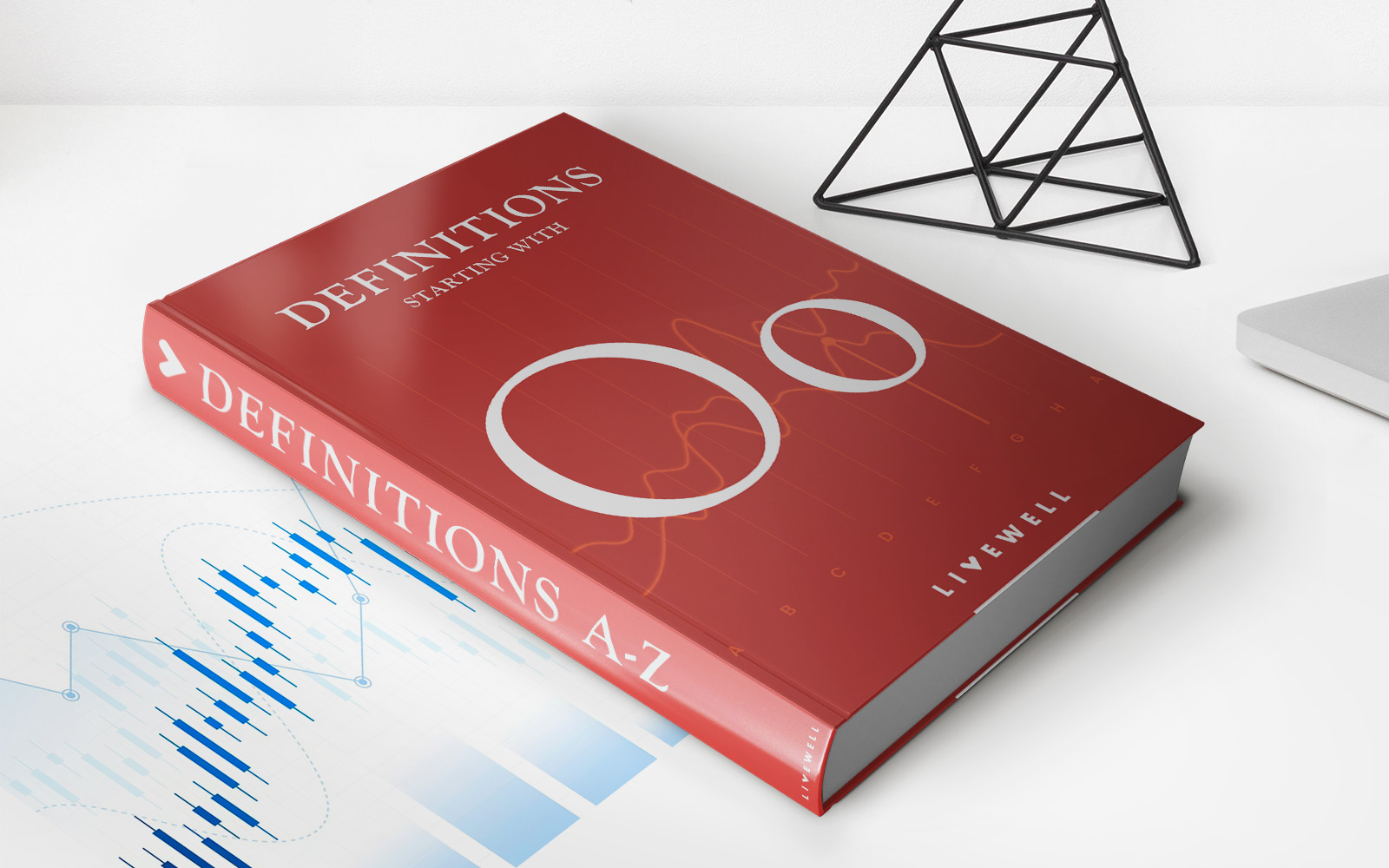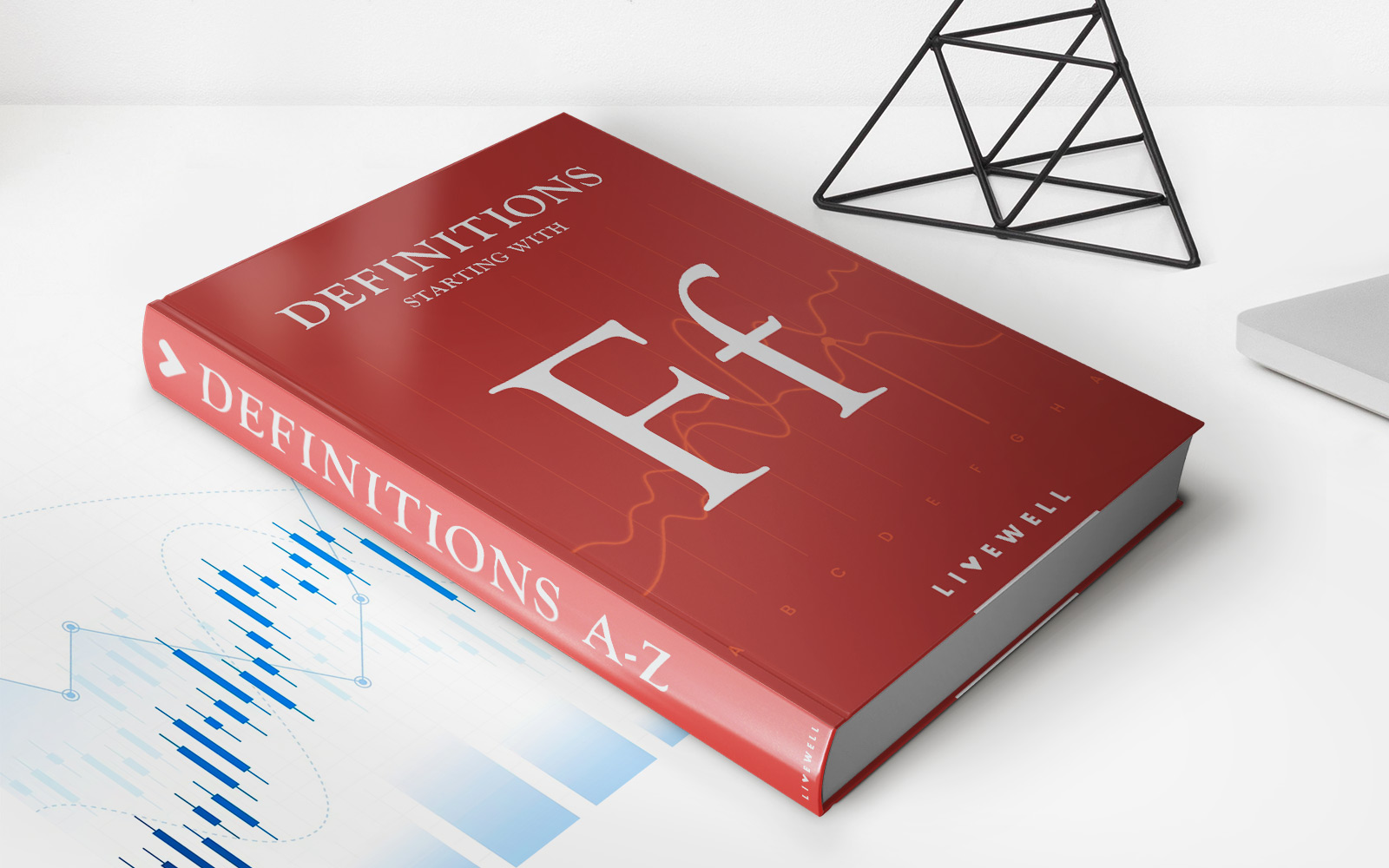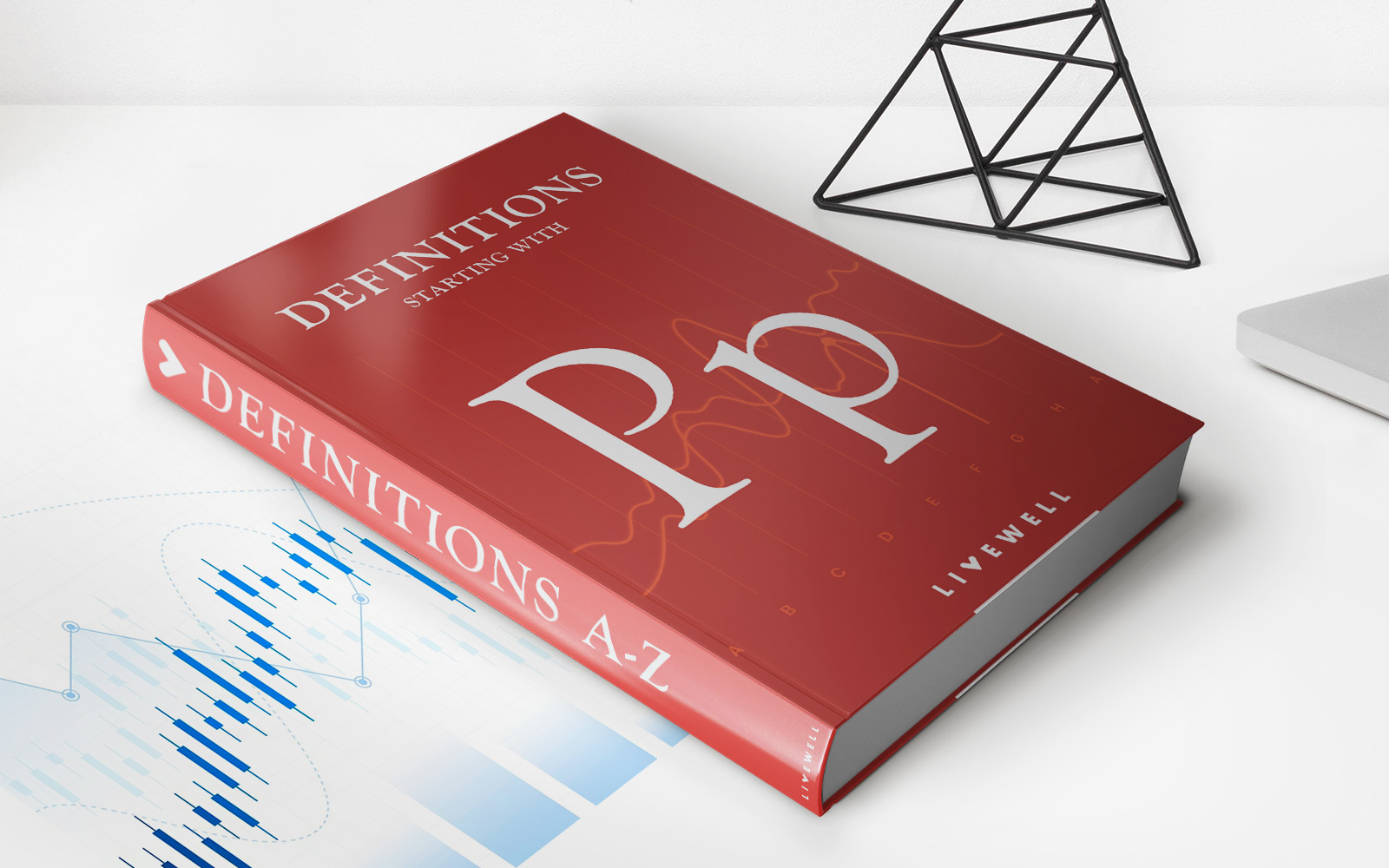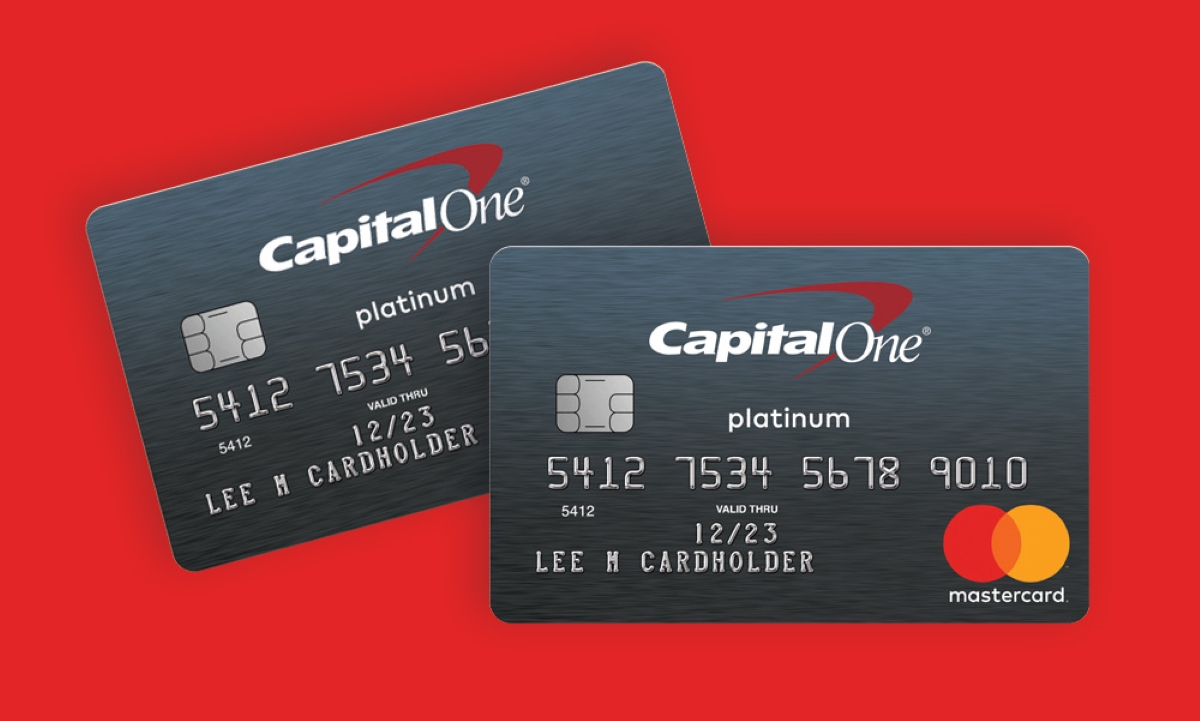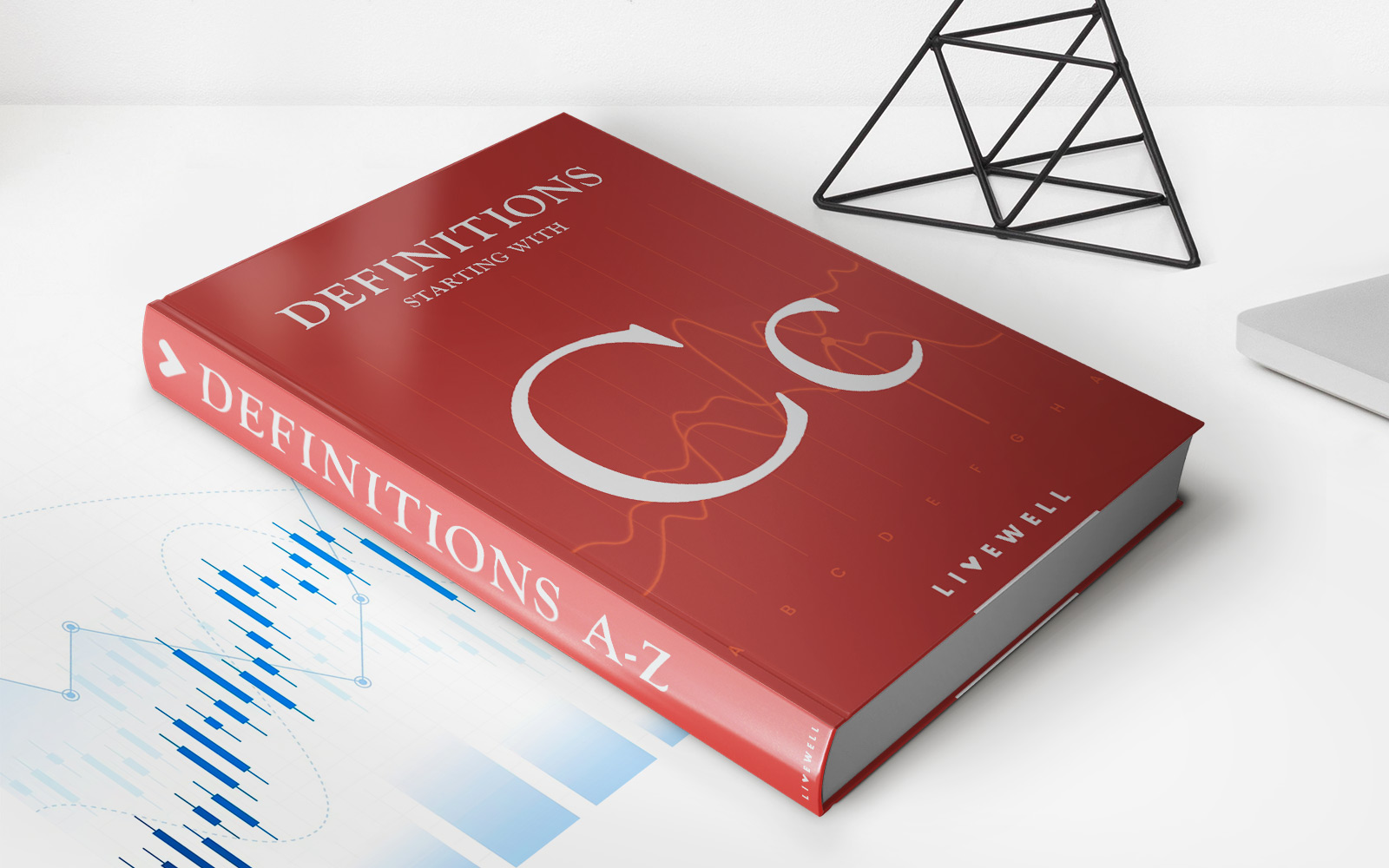

Finance
Binomial Option Pricing Model Definition
Published: October 16, 2023
The binomial option pricing model is a tool used in finance to calculate the theoretical value of options. Explore the definition and implementation of this model in the field of finance.
(Many of the links in this article redirect to a specific reviewed product. Your purchase of these products through affiliate links helps to generate commission for LiveWell, at no extra cost. Learn more)
Understanding the Binomial Option Pricing Model Definition: Unveiling the Mysteries of Finance
Welcome to the fascinating world of finance, where complex mathematical models and theories shape the way we understand and assess the value of financial instruments. In this article, we delve into the realm of the Binomial Option Pricing Model (BOPM) because understanding this model is crucial for anyone navigating the world of options trading and financial derivatives.
What is the Binomial Option Pricing Model?
The Binomial Option Pricing Model is a mathematical tool used in finance to value options and other derivative securities. Developed by economists Cox, Ross, and Rubinstein in 1979, this model presents a framework for pricing options based on the assumption that the value of an option can be numerically estimated by considering multiple future price scenarios.
Key Takeaways:
- The Binomial Option Pricing Model is a mathematical model used in finance to value options and other derivative securities.
- It is based on the assumption that the value of an option can be determined by considering various future price scenarios.
How Does the Binomial Option Pricing Model Work?
The Binomial Option Pricing Model hinges on the idea that the underlying asset’s price can either increase or decrease over discrete time intervals. By building a binomial tree of possible future prices, the model allows analysts to calculate the probability of various price movements. These probabilities, along with the possible future prices, are used to derive the option’s fair value at any given point in time.
Here are the key steps involved in using the Binomial Option Pricing Model:
- Divide the time to expiration into a series of discrete intervals.
- Calculate the possible future prices of the underlying asset at each interval.
- Assign probabilities to each possible price movement.
- Work backward through the tree to determine the option’s value at each node.
- Calculate the present value of the option by discounting the expected future cash flows.
Why is the Binomial Option Pricing Model Important?
The Binomial Option Pricing Model is a valuable tool for both investors and financial analysts. Here’s why:
- Risk Assessment: By estimating the probabilities of various price movements, the model helps investors understand and assess the risk associated with an option or derivative.
- Pricing Accuracy: The model provides a more accurate estimate of option prices compared to simpler models that assume constant volatility or continuous price movements.
- Flexibility: As a lattice-based pricing model, the BOPM allows for adjustments such as varying dividend yields, interest rates, or option exercise rules.
Mastering the Binomial Option Pricing Model can enhance your understanding of options trading and financial derivatives. By incorporating probabilities and future price scenarios, this model provides a deeper insight into the value and risk associated with these instruments. Keep exploring and expanding your knowledge of finance, and you’ll be well-equipped to navigate the ever-shifting landscape of the market.
